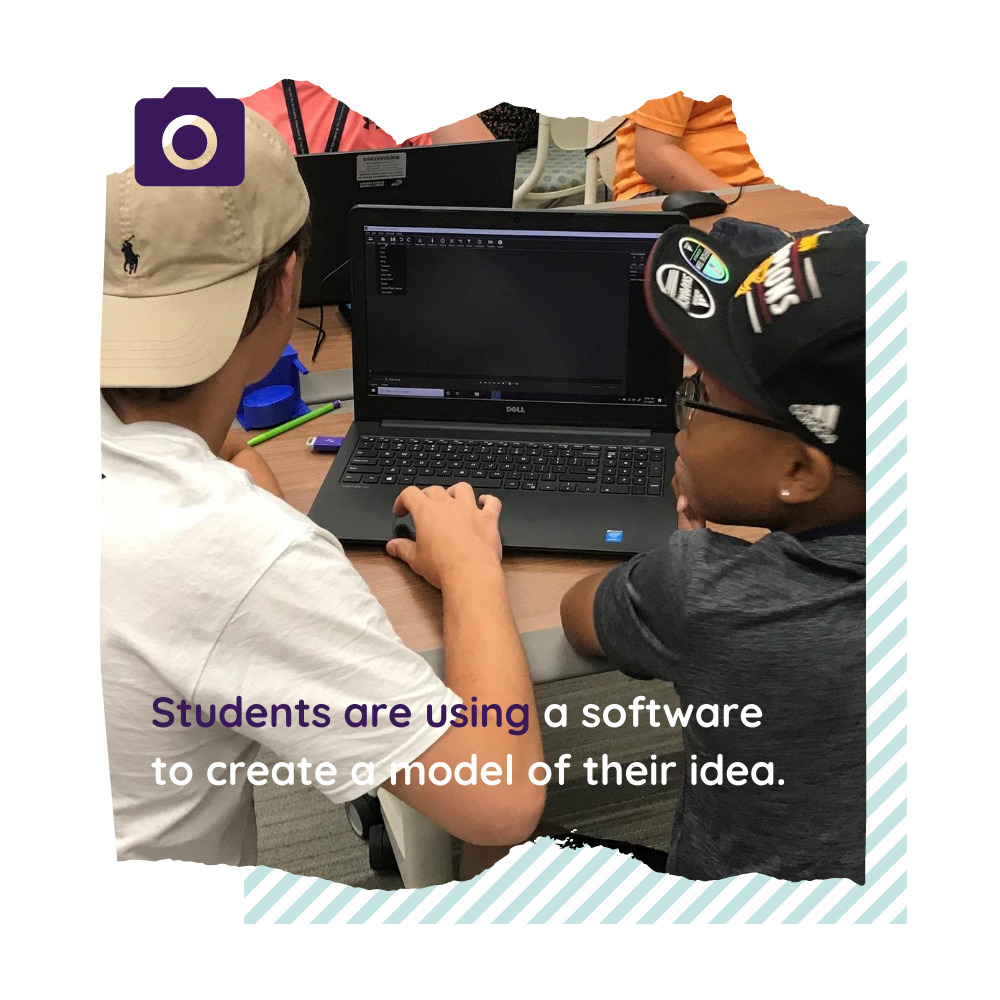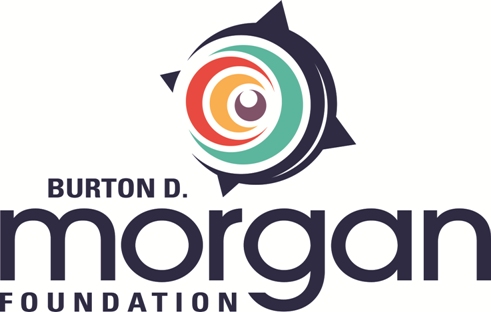.png?language_id=1)
Prototype
It is a good idea to make a replica of your invention so that others can see what you are thinking.
A prototype is a real-life working representation of a product, often used in the research and design phase to detect flaws or problems. However, a model is a non-working representation often used by entrepreneurs to illustrate their product to consumers and investors.
Here is a website that helps explain the why’s and how’s of prototypes.
Click here: Invention City - Prototypes

Alumni Profile: Chris Santone, Industrial Design
Here’s an Industrial Designer talking about his work.
 In order to construct a model for your innovation what materials will you need? What is your budget?
In order to construct a model for your innovation what materials will you need? What is your budget?
|
TO DO (on your own)Plan a three-dimensional model of your project. Can you make a three-dimensional model of your project? Will you use technology, like a 3-D printer? Or will you use craft-type materials, like cardboard, popsicle sticks, paper towel rolls, and pipe cleaners? Use the materials available to you in order to assemble a model of your innovation. Do you have a Makerspace in your area, maybe inside a local library, school, or university, that you can go to and create your prototype? Makerspaces are public spaces where people share equipment and ideas to build and make items. Beware as some charge a fee to users. Did any new questions come up as you were making the prototype? After creating your prototype, it is time to test and improve your design. |
TO DO (on your own)How did making the prototype inform your product design? Are there any revisions you would make to your idea or design based on the information that you found? As you reflect and revise, be sure to think about the following:
|
|
|
Produced with funds provided by Burton D. Morgan Foundation |
|
*Think Tank to Shark Tank: From Engineering to Entrepreneurship is in no way affiliated with, associated with, or endorsed by Sony Corporation or Metro-Goldwyn-Mayer Studios Inc.

 TO DO (on your own)
TO DO (on your own)
